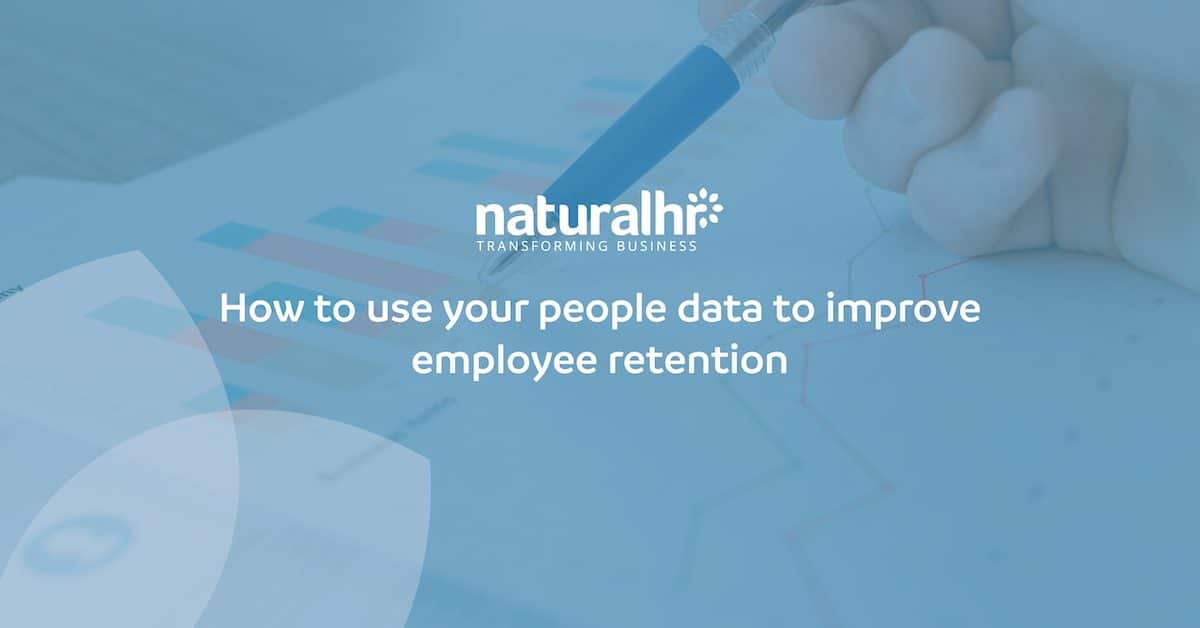
Employee turnover is part of being an employer. Starting a job straight after school or university and staying there until retirement is no longer commonplace. Nowadays, people move between roles much more often than they did in the past. Research by insurance firm LV= found that a UK worker will typically change employer every five years.
What’s more, the Society for Human Resource Management estimates that it costs an average of 6 – 9 months of your former employee’s salary to find and onboard their replacement.
Your ability to retain employees is an important factor in your success – and directly impacts your employee costs. Your business’ people data can help you to better understand the reasons why employees join your business, why they stay and why they ultimately decide to leave. Armed with this insight, you can create strategies to improve the engagement and productivity of your employees while reducing any factors that may cause them to leave.
In this article, we take a look at the reasons why your people data holds the key to employee retention.
Often hailed as the most important HR metric for teams to measure, having a handle on your employee turnover is imperative to success. Effective forward planning relies on having committed and productive workers that aren’t at risk of leaving voluntarily.
Now, more than ever, leadership teams need to understand exactly how turnover impacts revenue. With the help of powerful analytics tools, the data stored and collected by HR puts the department in a unique position to ensure your workforce is aligned with business’ needs and future goals at optimal cost.
Identify your retention problem
In order to actively improve your employee retention, you must first identify the state of your turnover. This analysis of your current situation will provide you with a benchmark and foundation for improvement.
Use your people data to understand who has left your business in the last 12 months by department, location, role, tenure, salary and use this to identify any trends.
Take note of who exactly is resigning: Is it your top performers? Senior managers? When many of the employees who leave are your best and brightest, they take all their skills, knowledge and connections with them, putting your business at a disadvantage.
Understand causes of employee turnover
Once you have developed an understanding of the extent of your retention issue; it is important to look to your people data to find out the causes of turnover.
Most companies conduct exit interviews with employees, allowing leavers to give the reasons why they are leaving and share suggestions for improvement. However, this information in isolation does not paint a complete picture of your retention problems.
Using your people data, you can take a wider view of the environment in which resignations are taking place. This data could throw up a reason for resignation that you haven’t even considered, nor had your departing employee.
From information on tenure and history of promotion to pay rises and which departments they work in; cross-referencing the profile of your departing employees with these attributes can help you to understand the root causes of employee turnover better.
This powerful data can be used to track employee turnover by location, department, role and salary. Investigate the reasons why turnover may be occurring some areas of your business and not others – and make improvements to combat this.
There may be a management issue in that team members have left citing poor management style or there may be trends in your lower-level employees leaving due to a lack of pay increases. It may be that more training is needed or pay rises are required to ensure competitiveness in the job market.
Find out why employees stay
Finding out why employees stay with your business is just as imperative in improving your employee retention as understanding why they leave. Do they feel valued? Respected? Are they engaged?
Gathering information about your employees that spans your recruitment process, employee engagement, performance, training and ongoing reviews can provide you with some key insights into why employees stay.
Data from across your HR department that covers the entire employee lifecycle shouldn’t exist in silos – collating and analysing this data in its entirety can prove invaluable.
Develop ways to improve retention
Now you have a rounded view of the precise reasons why you’re losing employees; it is important to develop strategies that will improve your retention rates.
Analytics tools can provide a clear insight into the impact of your retention strategies, allowing you to compare turnover rates, employee satisfaction and engagement between dates, departments and locations (if you have multiple offices).
While using employee satisfaction surveys and asking about their attitudes, feelings and preferences can be useful; this type of questions usually elicit an emotional response and could change regularly depending on the mood of an employee.
Therefore, you must also use the ‘hard’ factors that influence their happiness: benefits, promotions, pay, performance reviews, sick days taken and so on. Your organisation will already have this information at hand so use it to identify trends and draw actionable insights that will make a real difference.





